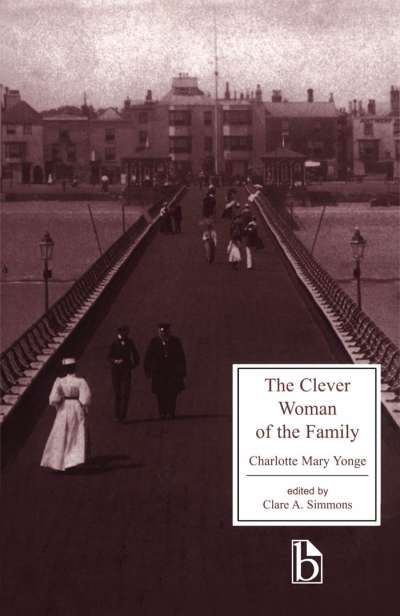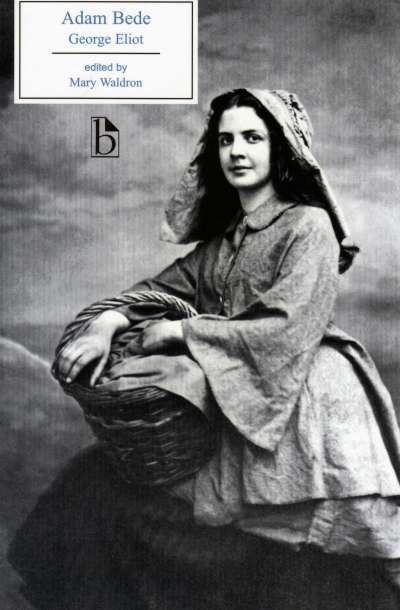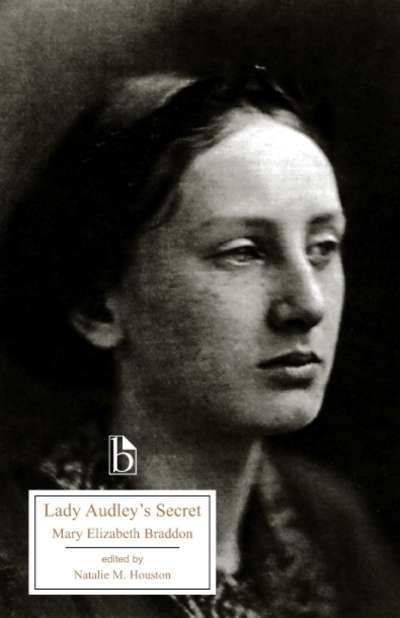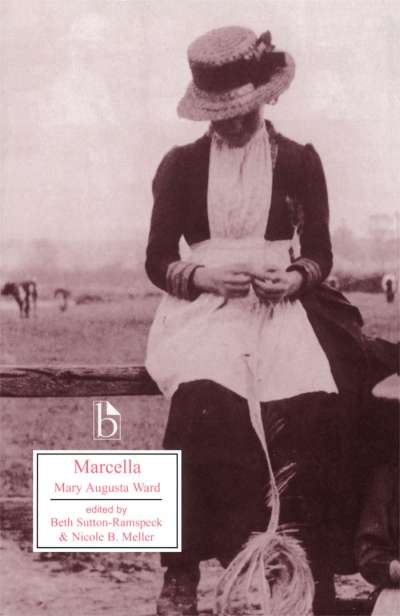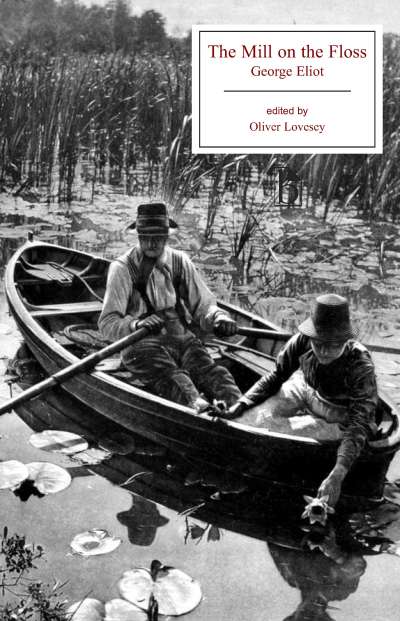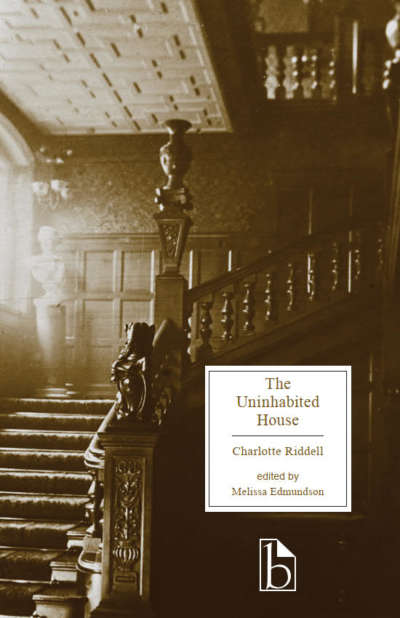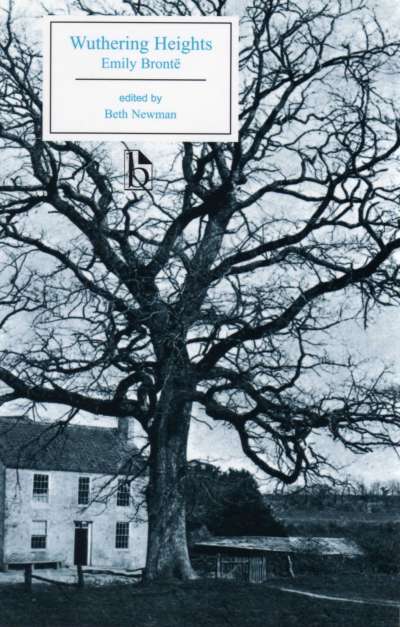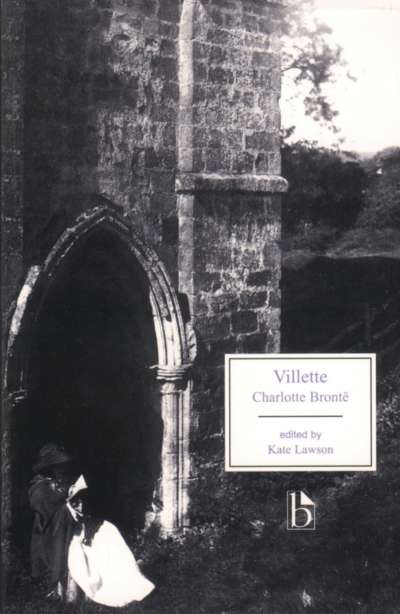Anne Brontë’s second and last novel was widely and contentiously reviewed upon its 1848 publication, in part because its subject matter domestic violence, alcoholism, women’s rights, and universal salvation was so controversial. The tale unfolds through a series of letters between two friends as one man learns more about Helen Huntingdon and the past that brought this young painter and single mother to Wildfell Hall. Powerfully plotted and unconventionally structured, The Tenant of Wildfell Hall is now considered to be a classic of Victorian literature.
This Broadview Edition includes a critical introduction that situates the novel in significant Victorian debates, and provides appendices that make clear Brontë’s intellectual inheritance from important eighteenth-century writers such as Hannah More and Mary Wollstonecraft. Material on temperance, education, childrearing, and nineteenth-century women artists is also included in the appendices.
Comments
“I will always order Lee A. Talley’s Broadview edition of The Tenant of Wildfell Hall, which I teach nearly every year. The historical and scholarly contexts are beautifully summarized. This is an eminently useful edition. Well done again, Broadview!” — Deborah Denenholz Morse, The College of William and Mary
“This Broadview Edition is a rich resource, unrivaled in its range of contextual materials. When you read them, you see where Anne Brontë was coming from and why she felt compelled to ‘tell the truth’ as she saw it. Lee A. Talley’s clear, accessible introduction orients readers to issues that teachers will want to consider and that students and general readers will find eye-opening. The footnotes are useful and easy to access. I will always order this edition in the future.” — Sue Lonoff, Harvard University Extension School
“Lee A. Talley, in the introduction to her new edition of The Tenant of Wildfell Hall, succinctly argues Anne Brontë’s case for wanting to write and publish her disturbing but powerful story, even as she addresses Anne’s own status as third sister, explains early publishing confusion (including Charlotte’s pervasive influence on Anne’s reputation), and evaluates the novel’s first reviews. To allow readers their own judgments, Talley includes numerous helpful appendices placing Tenant within the legal, educational, and philosophical contexts of Victorian culture, and as with other Broadview texts, provides an extremely useful sampling of contemporary reviews.” — Andrea Westcott, Capilano University



